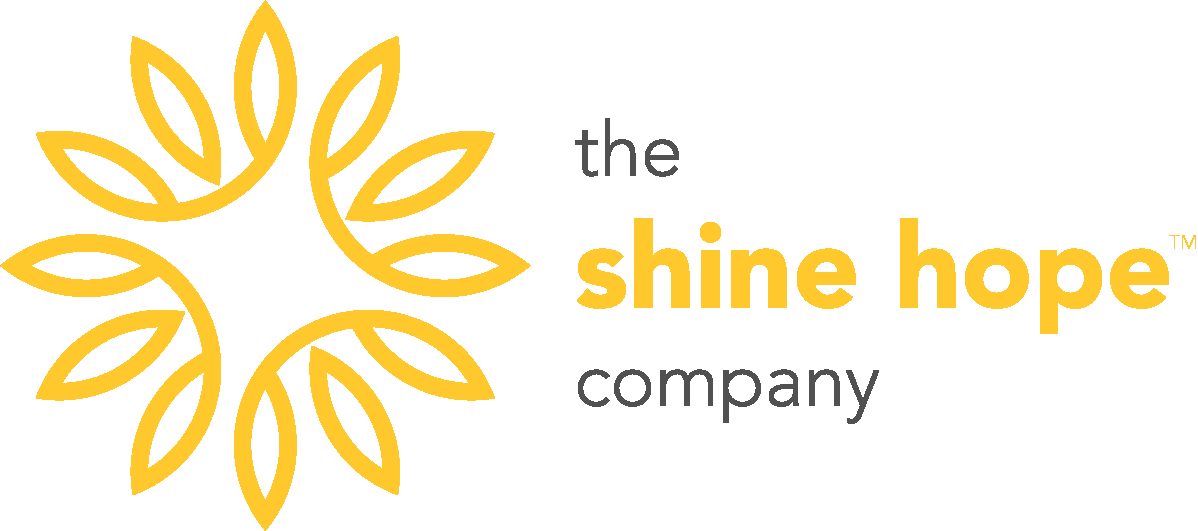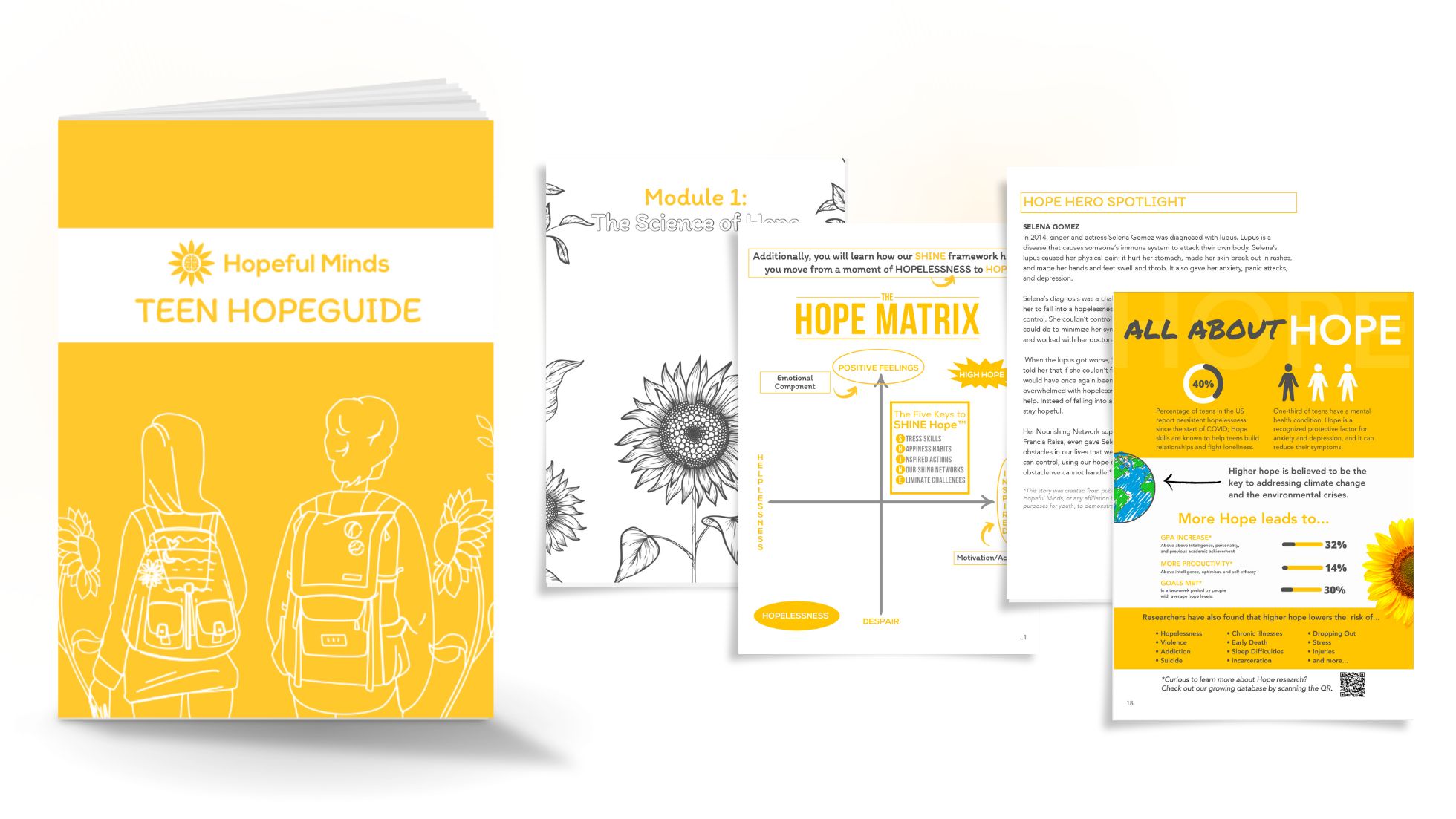Hope Science
To ‘hope’ for something, you must have a vision, and fuel it with both positive feelings and inspired actions.

A hope is not a wish. Without action, all you have is a wish.
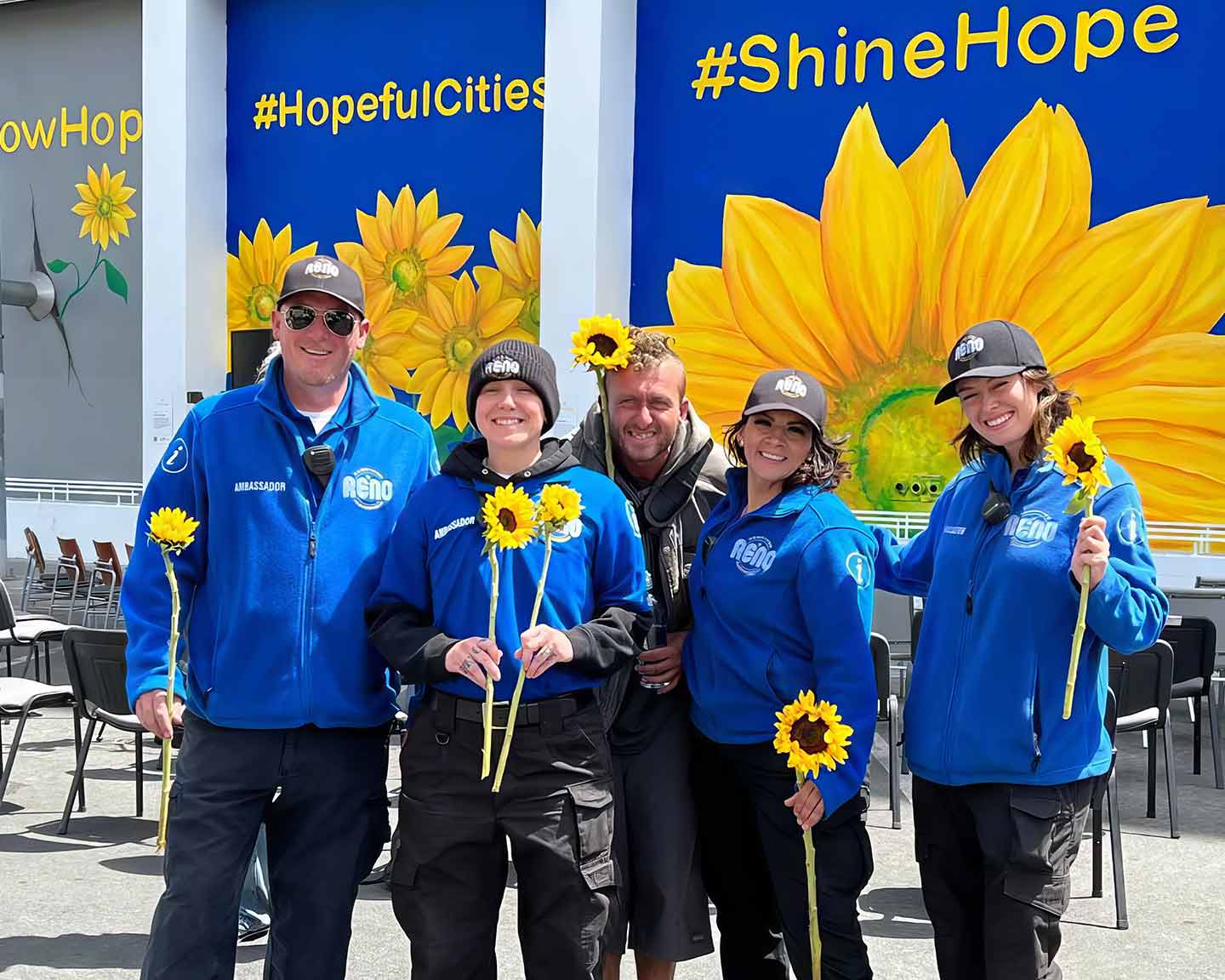

Hope science refutes the notion that hope is not a strategy. Especially in the workplace, we think hope is your best strategy.
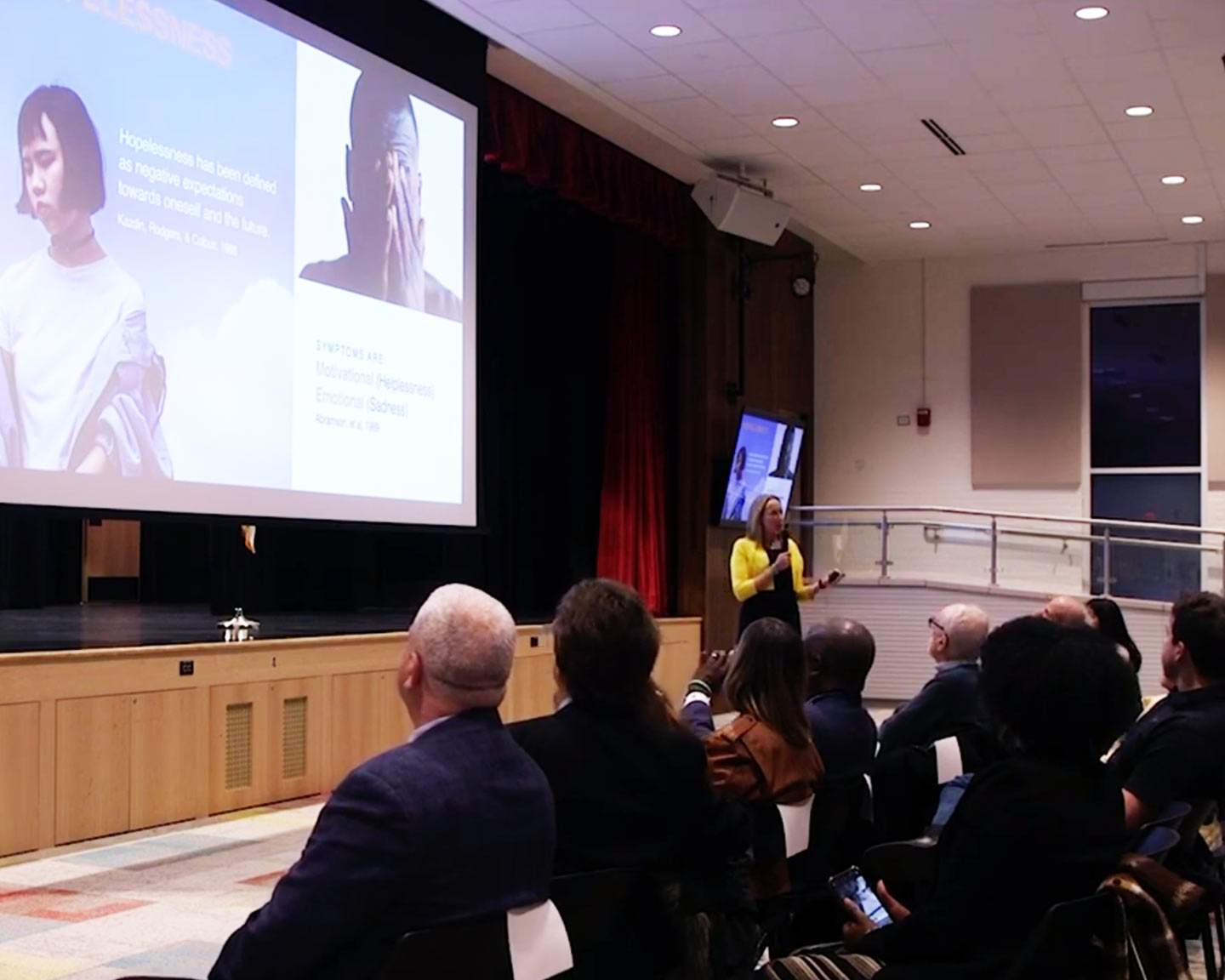
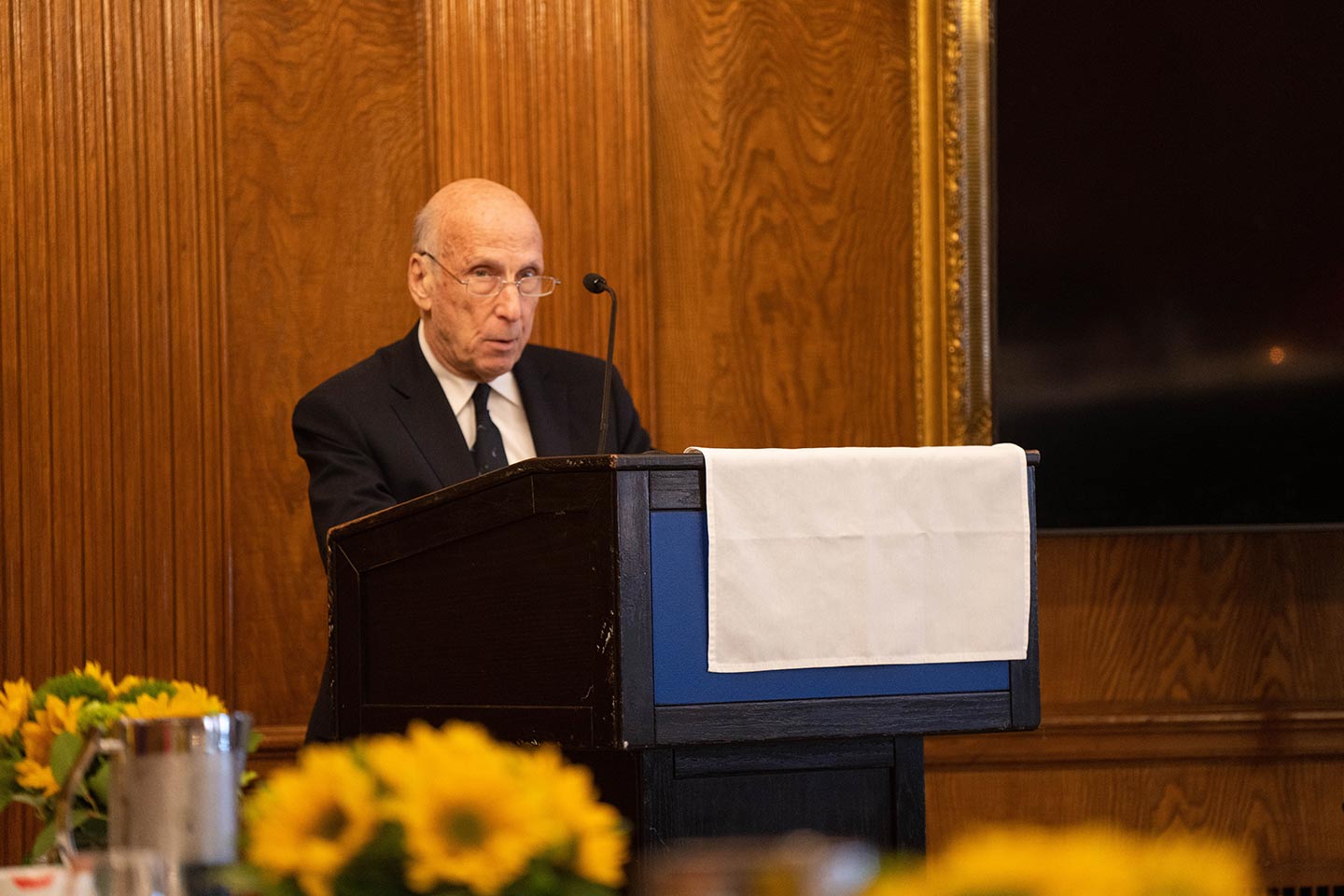
Benefits of Hope
Research on hope is growing and continues to demonstrate that hope is essential. For decades, researchers have studied the power of hope and found myriad benefits making it worth continued exploration and dissemination.
Researchers have consistently found that higher levels of hope:
- Protect against mental illnesses such as depression and anxiety
- Prevent suicide
- Lead to more resilience against adversity
- Prevent risky behaviors
- Increase productivity in the workplace by 14%, outperforming productivity based on the worker’s intelligence, optimism, and self-efficacy
- Increase employee retention
- Improve sleep
- Reduce the risk of developing chronic conditions, such as cardiovascular disease
- Protect against mental illness; we also know that existing depression or anxiety does not prevent one from growing their hope levels
- Lead to thriving work environments
- Increase resilience during crises and challenges often found in the workplace
- And More

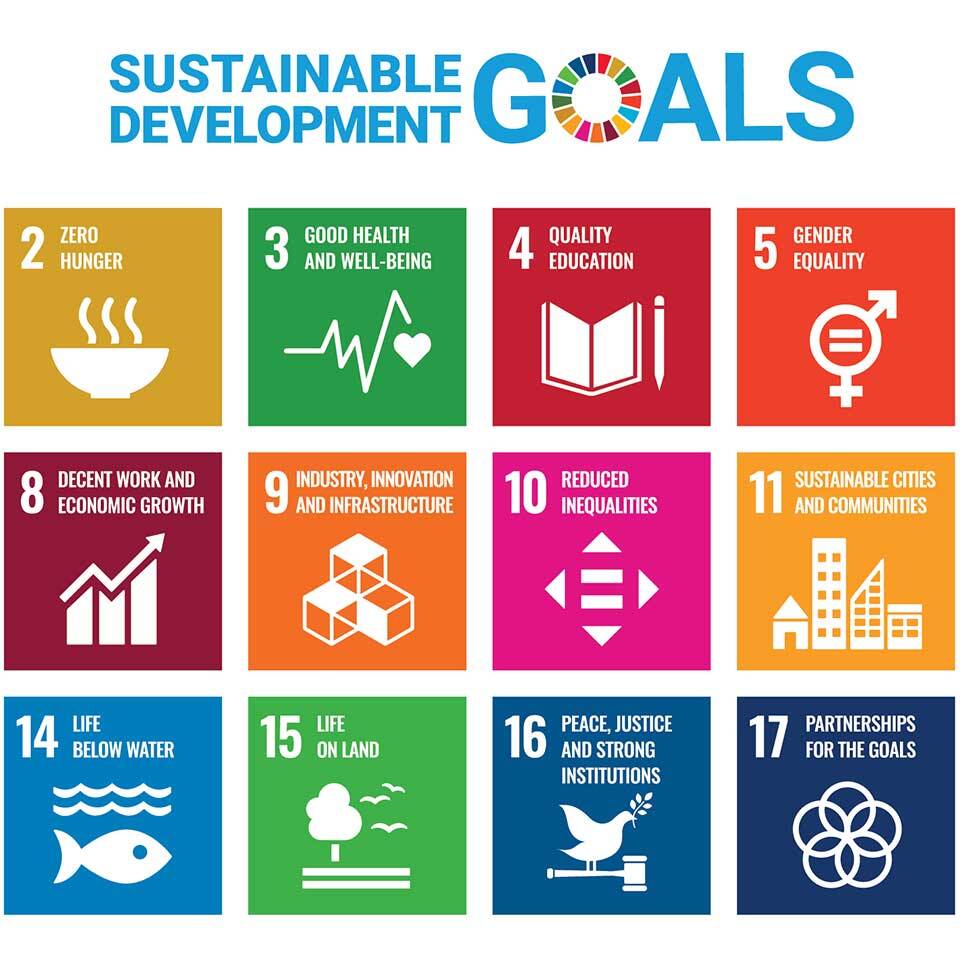
Hope produces many individual and community benefits because higher hope individuals set higher-quality goals and are better able to generate strategies to achieve their goals; they can predict and overcome obstacles, and effectively harness mental energy during goal pursuit.
We believe in addition to producing positive individual changes, teaching everyone how to hope can lead to meeting the Sustainable Development Goals outlined by the United Nations.
We are not born with hope.
It is a skill that must be developed and practiced, which encouraged us to develop and tailor curricula to help people grow hope.
Without hope, we are unequipped to manage hopelessness.
Hopelessness is the single predictor of suicide, and suicide is the 2nd leading cause of death in teens and young adults. Most alarming, since the start of COVID-19, suicide rates have steadily increased. Additionally, hopelessness is a primary symptom of mental illness, including Major Depressive Disorder (MDD). Untreated MDD can lead to health conditions, impair cognition, and create suicidal ideation.
The impacts of hopelessness span beyond suicide and mental illness into risky behaviors. For example, hopelessness is the only consistent predictor of violent behaviors in adolescents, and the only predictor of gun violence is a history of violence. Additionally, hopelessness is linked to cigarette and alcohol use in college students; overdose history is also related to higher levels of hopelessness.


Other risky behaviors associated with hopelessness in youth are unprotected sex, bullying, accidental injury, and non-suicidal self-injury. More findings on outcomes of hope and hopelessness can be found in our growing hope database here. That is why we must ensure all know what hopelessness is, and how to activate hope. It is our mission at The Shine Hope Company to ensure all do.
